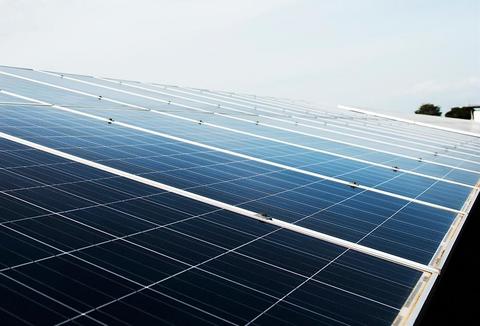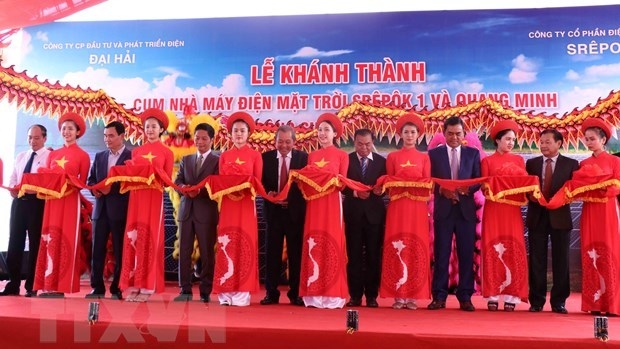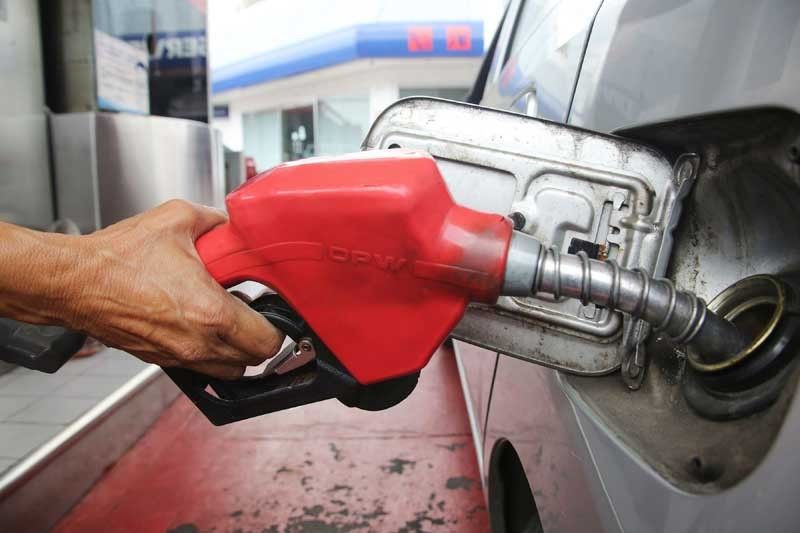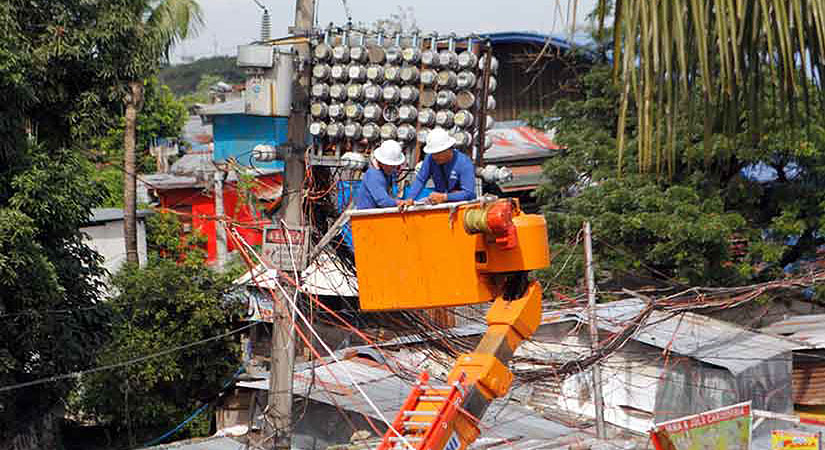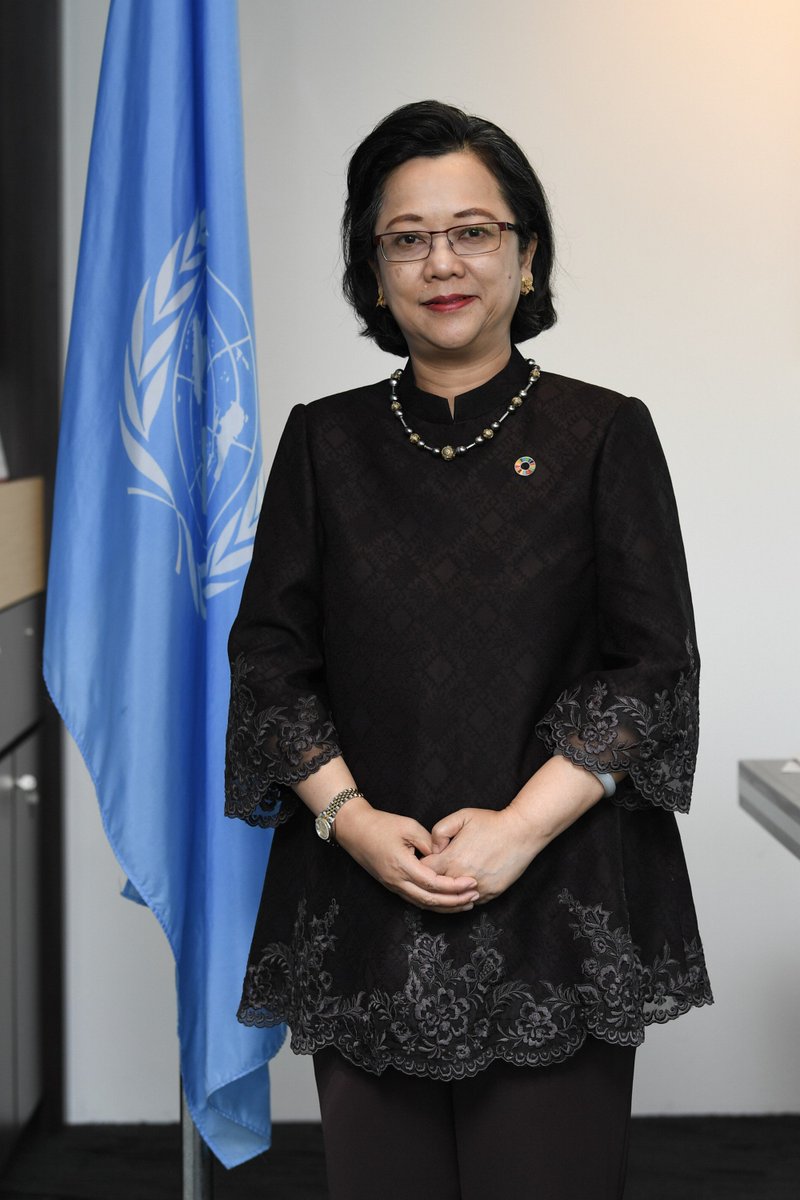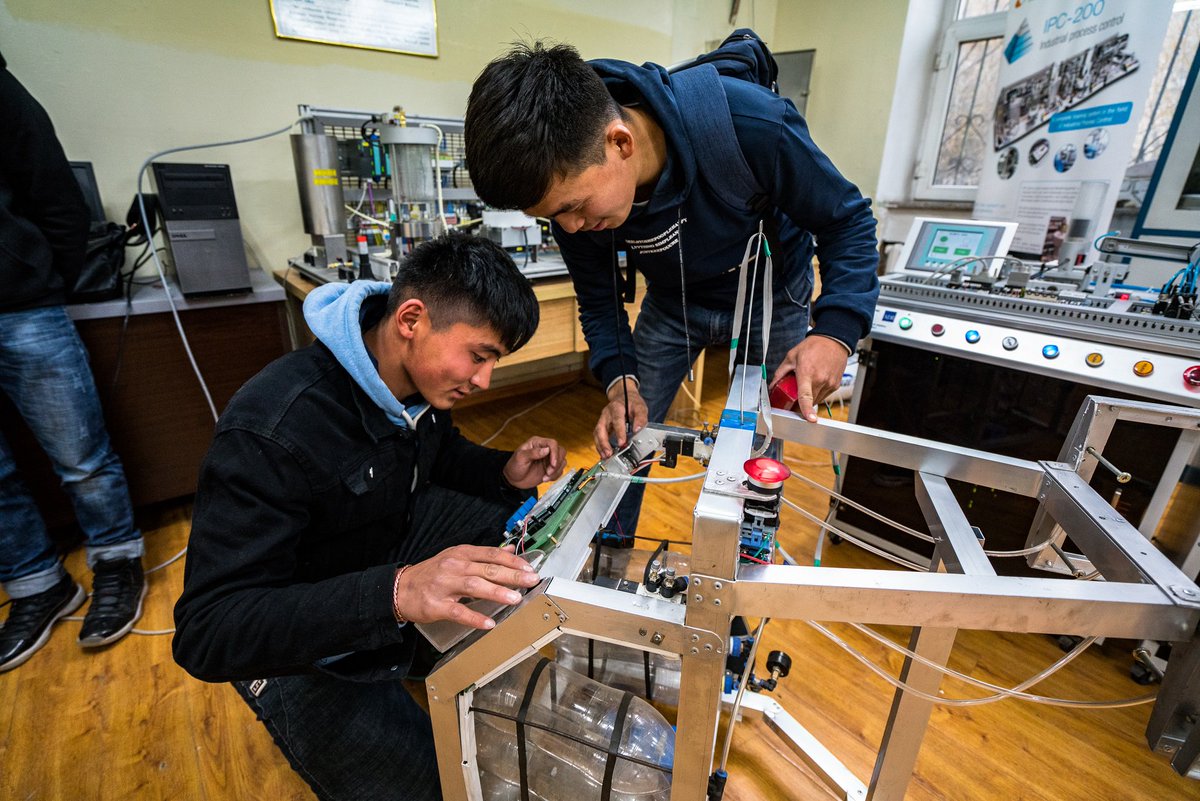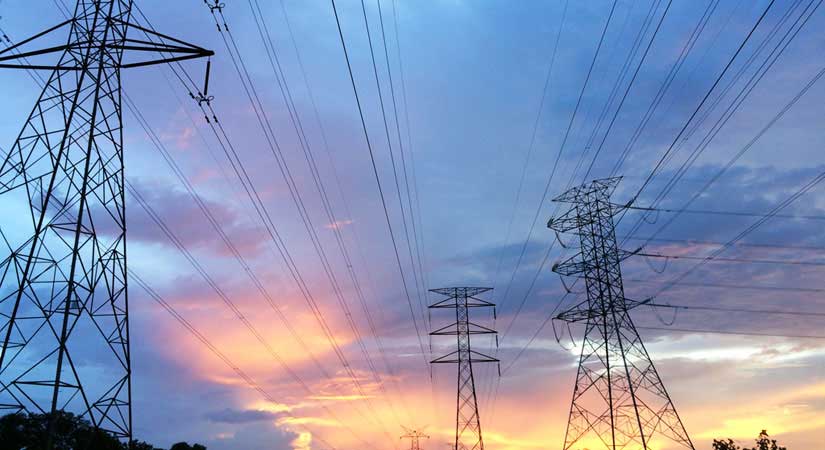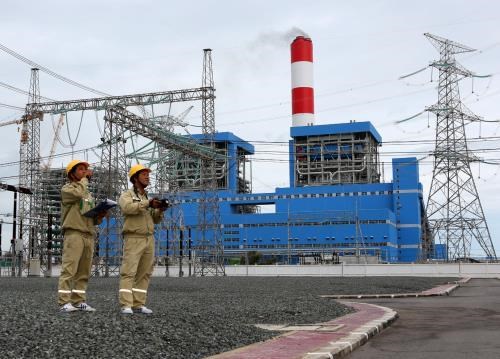BRUNEI Gas Carriers Sdn Bhd (BGC) was established in 1998 as a joint venture between the Brunei government, Shell Gas BV and Diamond Gas Carriers BV. This year, BGC celebrates its 21st anniversary. BGC has been and continues to be a vital force in contributing to the nation’s wealth, with liquefied natural gas (LNG) as one of Brunei’s major exports.
BGC currently owns five A-Class vessels: MV Abadi, MV Arkat, MV Amali, MV Amani and MV Amadi. Their capacities range from 137,000m3 to 154,800m3. The vessels are managed by Shell International Trading and Shipping Company Limited (STASCO). Throughout the voyages, BGC has achieved numerous awards for its operations. In June 2018, BGC bid farewell to the last two B-Class vessels, SS Bebatik and SS Belanak, owned by Brunei Shell Tankers Sdn Bhd.
The company delivers Brunei LNG’s products to its clients in the Asia-Pacific region including Japan, Malaysia, and Taiwan. BGC began delivering LNG cargoes to Japan and South Korea in 2002 and 2011 respectively. In 2014, BGC achieved the internationally recognised ISO9001:2008 Quality Management System Certification.
To support local talent growth and strengthen their workforce, BGC began operating its own Fleet Management Department in 2011. All operational aspects within Brunei’s LNG fleet are managed by STASCO and local BGC staff. This arrangement allows transfer of knowledge and prepares BGC to establish itself as a competent and reliable ship owner and manager.
Safety is BGC’s top priority. In 2018, BGC’s fleet surpassed 16.7 million-man hours without any lost time injury (LTI) and 1.4 million-man hours without any total recordable cases (TRC). The company’s safety record proves “Goal Zero” is achievable. BGC ensures everyone goes home safely to their families and loved ones.


As part of BGC’s Bruneianisation Programme, the company seeks to employ and develop local talents in the maritime industry. Locals make up the majority of BGC’s workforce.
From cadet level to senior management, their staff are trained according to international standards to excel in the global arena. In 2013, BGC welcomed their first local captain and two chief engineers. BGC currently employs three local captains and six chief engineers, setting the benchmark for Bruneian seafarers. Apart from developing Bruneians’ leadership skills, BGC ensures their staff are updated with the development and latest practices in the maritime industry.
Youth are the nation’s future leaders. In collaboration with the Ministry of Energy, Manpower and Industry (MEMI), BGC supports young Bruneian entrepreneurs to start and grow their own businesses through the i-Usahawan programme. With this initiative, participants propose innovative ideas, build their confidence in tendering, enabling them to eventually bid for larger projects in the future. The i-Usahawan programme is part of BGC’s social investment strategy to help grow Brunei’s economy by penetrating the regional and international markets.
Looking ahead, BGC aims to complete its ship management transition to become a fully fledged ship manager in its own right by 2020.



